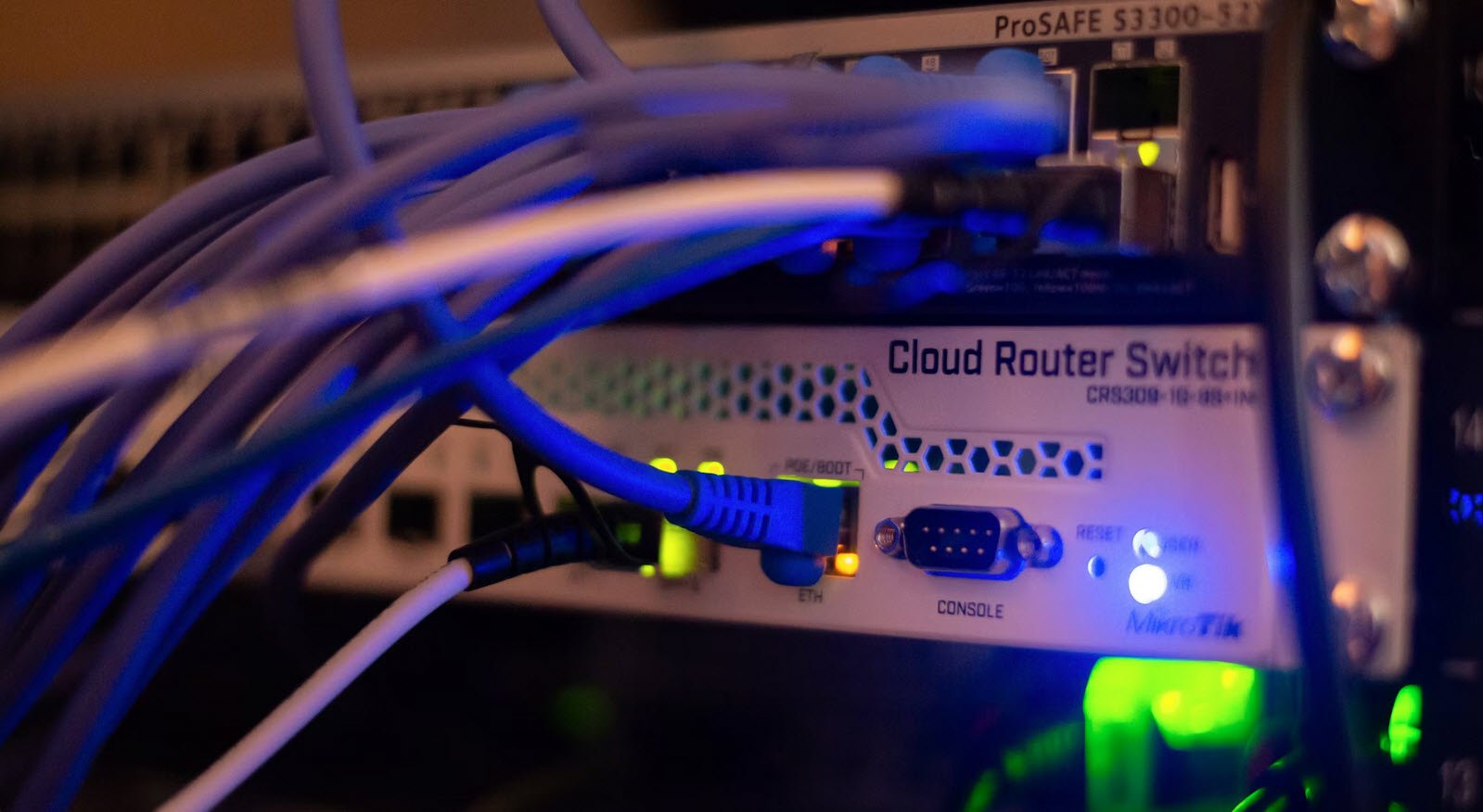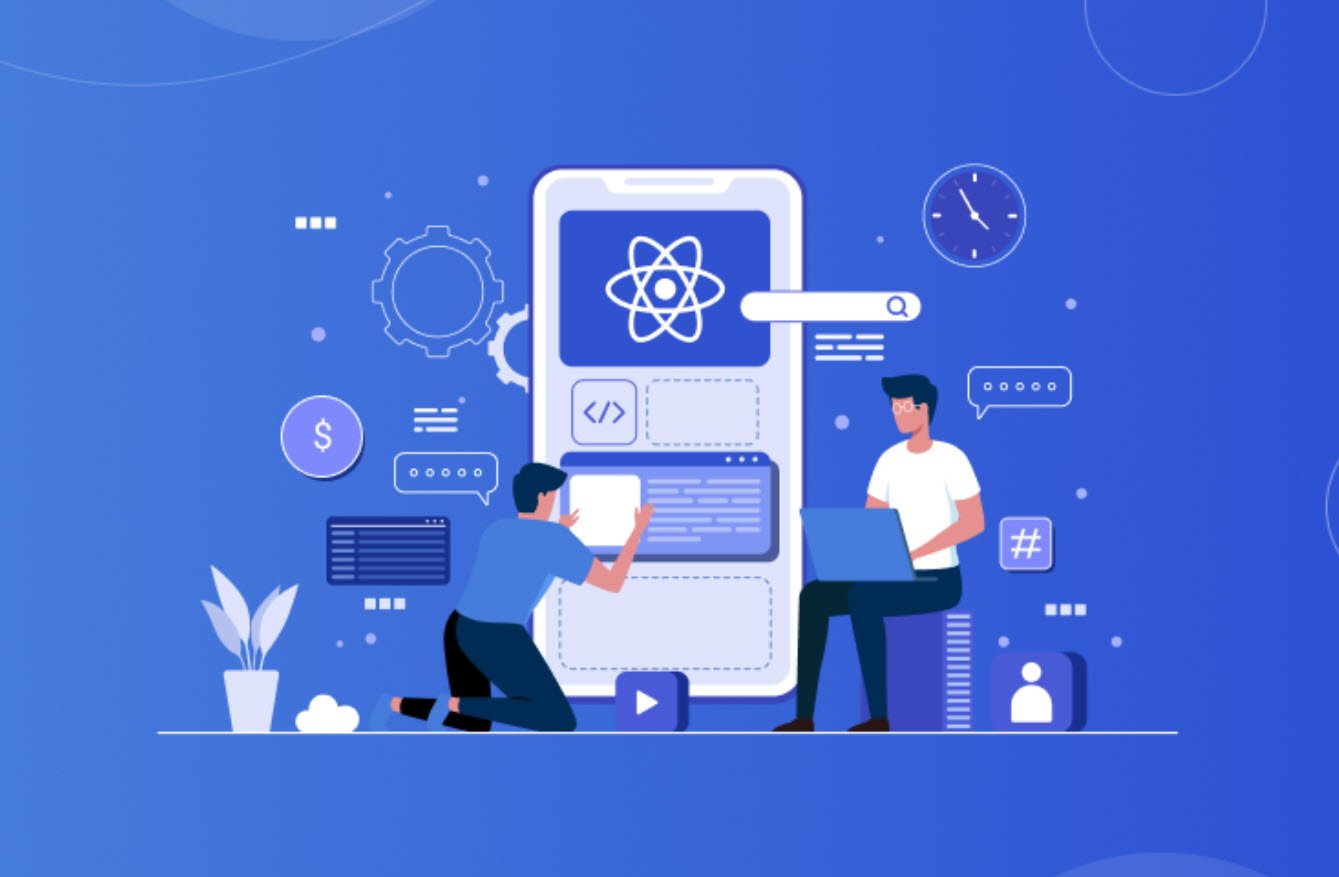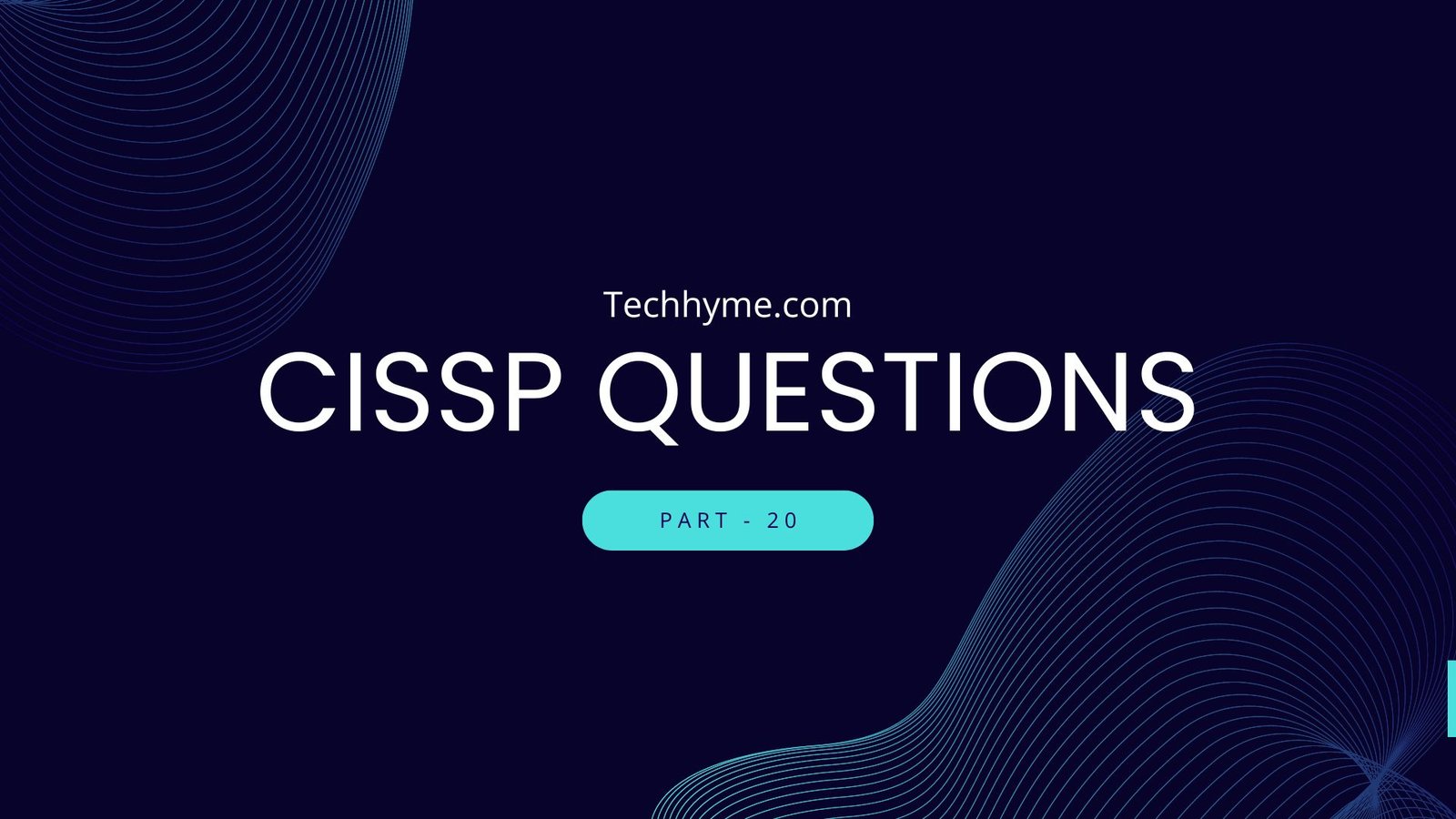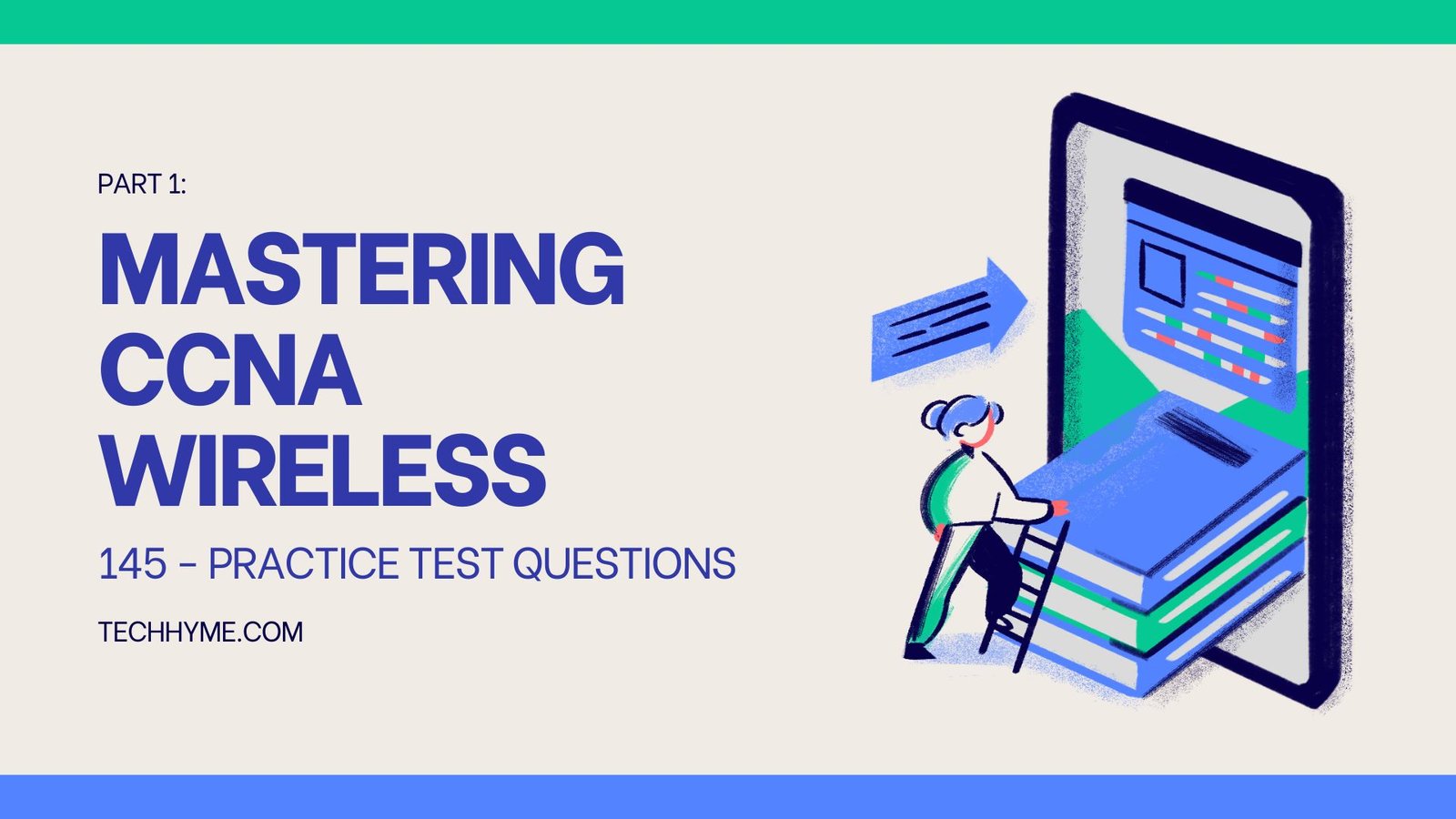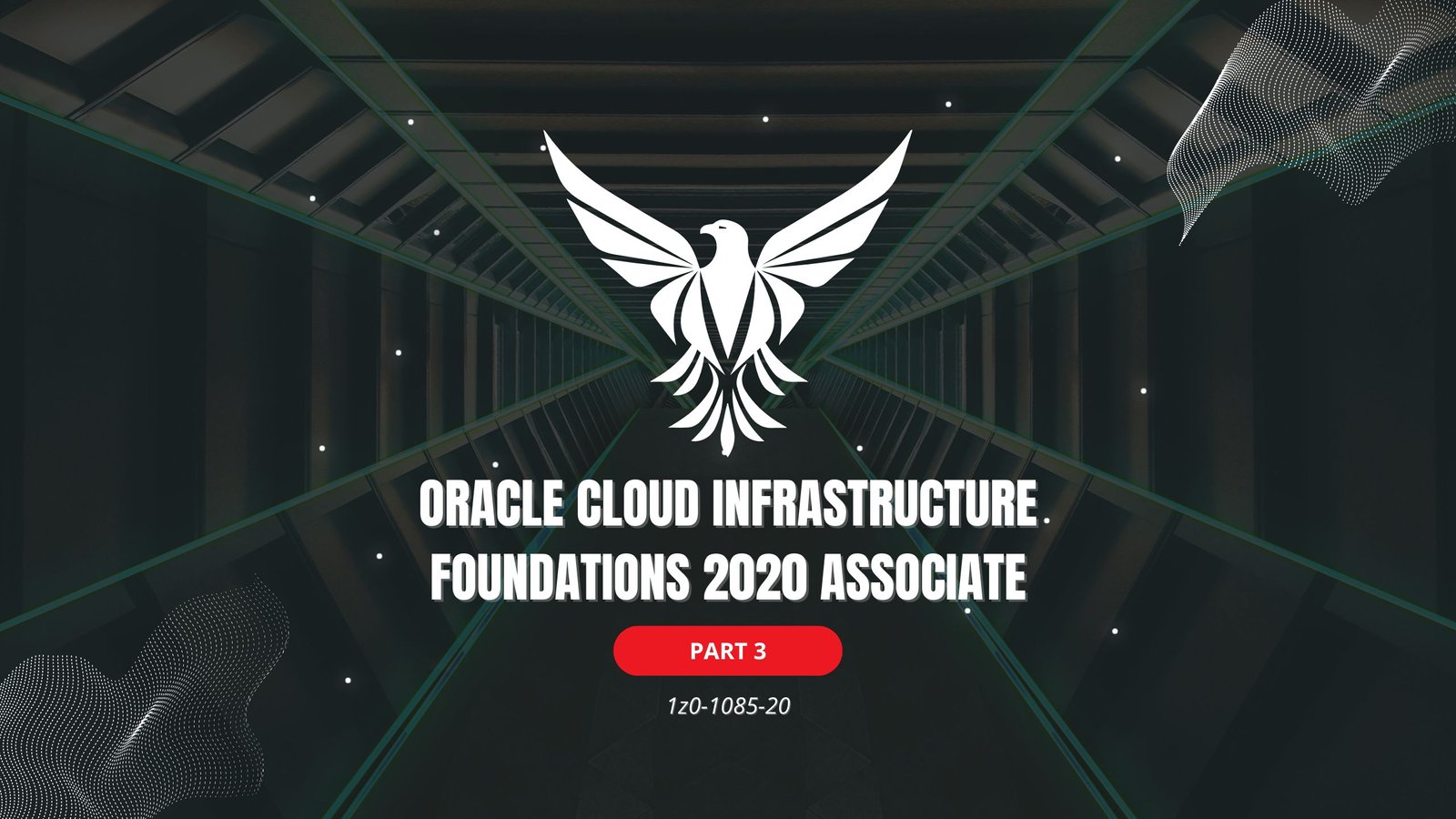
The CCIE Certification is the highest level of achievement for network professionals, certifying an individual as an expert or master. Cisco Systems has since become an unrivaled worldwide leader in networking for the Internet. Its networking solutions can easily connect users who work from diverse devices on disparate networks. Cisco products make it simple for people to access and transfer information without regard to differences in time, place, or platform.
The below listed questions are intended to help you continue on your exciting path toward obtaining your CCIE (Cisco Certified Internetwork Expert) certification. Before looking these questions, it is important to know the basic concepts of CCNA and CCNP.
- Cisco Certified Internetwork Expert – CCIE – Part 1
- Cisco Certified Internetwork Expert – CCIE – Part 2
- Cisco Certified Internetwork Expert – CCIE – Part 3
- Cisco Certified Internetwork Expert – CCIE – Part 4
- Cisco Certified Internetwork Expert – CCIE – Part 5
- Cisco Certified Internetwork Expert – CCIE – Part 6
- Cisco Certified Internetwork Expert – CCIE – Part 7
- Cisco Certified Internetwork Expert – CCIE – Part 8
- Cisco Certified Internetwork Expert – CCIE – Part 9
- Cisco Certified Internetwork Expert – CCIE – Part 10
- Cisco Certified Internetwork Expert – CCIE – Part 11
- Cisco Certified Internetwork Expert – CCIE – Part 12
- Cisco Certified Internetwork Expert – CCIE – Part 13
- Cisco Certified Internetwork Expert – CCIE – Part 14
- Cisco Certified Internetwork Expert – CCIE – Part 15
- Cisco Certified Internetwork Expert – CCIE – Part 16
- Cisco Certified Internetwork Expert – CCIE – Part 17
- Cisco Certified Internetwork Expert – CCIE – Part 18
- Cisco Certified Internetwork Expert – CCIE – Part 19
These articles covers everything you need to pass the CCIE Routing and Switching written exam. Each article contains a set of testing questions along with their answer and explanation.
This article covers: Desktop protocols includes IPX, AppleTalk, DECnet, and Windows.
1. AppleTalk Phase 1 allows for how many clients per segment?
- 255
- 256
- 1024
- 127
Answer – D
Explanation – AppleTalk Phase 1 allows for 127 clients and 127 servers per segment.
2. Which of the following are characteristics of AppleTalk Phase 2?
- 253 clients and servers per network.
- Networks support multiple zones.
- One network number per network.
- Allows only 127 servers per network.
Answer – A and B
Explanation – AppleTalk Phase 2 allows for a range of network numbers per segment.
3. What is the composition of an AppleTalk address?
- 32 bits: 16 bits for network, 16 bits for node
- 32 bits: 8 bits for network, 24 bits for node
- 32 bits: 24 bits for network, 8 bits for node
- 24 bits: 16 bits for network, 8 bits for node
- 24 bits: 8 bits for network, 16 bits for node
Answer – D
Explanation – Although this may seem limited, remember you can have multiple networks per cable segment.
4. When an AppleTalk client boots, the client queries the router for the cable range. The router returns a cable range of 220–229. Which of the following are valid addresses that the client can select?
- 220.7
- 221.4
- 229.300
- 228.68000
- 230.1
Answer – A and B
Explanation – The network number must be in the range 220–229 inclusive. The node range can be only in the range 1–254.
5. Two Cisco routers are connected via a point-to-point serial connection. The administrator has statically assigned AppleTalk addresses to each of the router’s serial interfaces. What is a drawback to this technique?
- The serial line will take longer to go into an up state.
- An addressing conflict may occur between the routers.
- An addressing conflict may occur between a router and a host.
- AppleTalk addresses must be acquired dynamically.
- There are no drawbacks to this solution.
Answer – E
Explanation – Since no clients exist on a point-to-point link, static AppleTalk addresses may be assigned.
6. Mike’s AppleTalk machine is in a zone called Sales. Mary’s AppleTalk machine is on the same cable segment and in a zone called MARKETING. Which of the following is true of this AppleTalk Phase 2 network?
- Both machines must be in the same zone.
- Mike’s machine cannot access resources on Mary’s machine.
- The router must be configured with both zone names.
- It is not possible to have multiple zones on a single segment.
Answer – C
Explanation – AppleTalk Phase 2 allows for multiple zones per segment. The router must be configured with a primary zone and as many secondary zones as needed.
7. Which of the following physical layer topologies provides the least bandwidth?
- Original Token Ring
- Ethernet
- FastEthernet
- LocalTalk
- ArcNet
Answer – D
Explanation – LocalTalk provided only 230Kbps.
8. Which of the following are true of RTMP?
- It is a link-state protocol.
- It is a distance-vector protocol.
- It uses hops for the metric.
- Its uses ticks for the metric.
- It advertises every 10 seconds.
Answer – B, C, and E
Explanation – The Routing Table Maintenance Protocol (RTMP) is a distance-vector routing protocol that uses hop count as the metric and advertises its entire routing table every 10 seconds.
9. When tunneling AppleTalk through a TCP/IP network, unnecessary traffic should be eliminated. Which of the following would aid in that pursuit?
- RTMP
- AURP
- DDP
- ADSP
- ASP
Answer – B
Explanation – The AppleTalk Update Routing Protocol (AURP) reduces routing traffic by advertising once every 30 seconds.
10. Which of the following AppleTalk routing protocols will minimize bandwidth use in a stable network?
- EIGRP
- RTMP
- AURP
- IS-IS
- AOSPF
Answer – A
Explanation – AppleTalk EIGRP functions similarly to TCP/IP EIGRP.
11. Which of the following describes an IPX address?
- 32 bits: 16 bits for network, 16 bits for node
- 32 bits: 8 bits for network, 24 bits for node
- 64 bits: 32 bits for network, 32 bits for node
- 80 bits: 32 bits for network, 48 bits for node
- 80 bits: 16 bits for network, 64 bits for node
Answer – D
Explanation – An IPX address contains a 32-bit network address, assigned by an administrator, and a 48-bit node address composed of the MAC address.
12. When an IPX client first boots, it has no knowledge of the network. How does the client acquire initial information about the network?
- RIP
- SAP
- GNS
- Network administrator
- DHCP
Answer – C
Explanation – When a client first boots, it issues a Get Nearest Server (GNS) request to locate a NetWare server.
13. There are three NetWare file servers on a segment. Each has two services to advertise. How many SAP advertisements will a Cisco router forward from that segment every 10 minutes?
- 1
- 10
- 20
- 30
- 60
Answer – B
Explanation – Routers collect individual SAPs into a consolidated SAP table. That SAP table is advertised every 60 seconds.
14. IPX RIP is a distance-vector routing protocol. How does IPX RIP determine the best path?
- The number of ticks plus the number of hops
- The number of ticks only
- The number of hops only
- Considers hops first, and uses ticks for a tie-breaker
- Considers ticks first, and uses hops for a tie-breaker
Answer – E
Explanation – IPX RIP considers delay (ticks) first. Only in the event of a tie is hop count used.
15. Which of the following protocols are based on the shortest path first algorithm?
- IPX EIGRP
- IPX RIP
- NLSP
- IPX IGRP
- IPX SAP
Answer – C
Explanation – The NetWare Link Service Protocol (NLSP) is a link-state protocol based on the shortest path first algorithm.
16. A Cisco router has two interfaces, an Ethernet and an FDDI. IPX EIGRP is enabled on the FDDI interface. How often are SAP updates sent out the FDDI interface?
- Once every 30 seconds
- Once every 60 seconds
- Once every 2 hours
- Only when changes occur
- Only once
Answer – B
Explanation – EIGRP treats FDDI interfaces as LAN interfaces by default.
17. Which of the following is true regarding IPXWAN?
- Reduces bandwidth utilization on LAN links
- Reduces bandwidth utilization on WAN links
- Is a startup negotiation protocol only
- Requires NLSP
- Provides incremental updates
Answer – C
Explanation – IPXWAN negotiates the parameters during the initial start up.
18. Which of the following are true regarding IPX standard access lists?
- Occur in the range 800–899
- Occur in the range 900–999
- Filter on source address only
- Filter on source and destination addresses
- Filter based on protocol and socket
Answer – A and D
Explanation – IPX standard access lists permit or deny traffic based on source and destination address. Standard IPX access lists can be named, or they can be numbered in the range 800–899.
19. Which of the following are true regarding IPX extended access lists?
- Occur in the range 800–899
- Occur in the range 900–999
- Filter on source address only
- Filter on source and destination addresses
- Filter based on protocol and socket
Answer – B, D, and E
Explanation – IPX extended access lists permit or deny traffic based on source address, destination address, protocol, and socket. Extended IPX access lists can be named, or they can be numbered in the range 900–999.
20. You want to control which servers a router replies with when responding to a client’s GNS query. Which type of access list would you create?
- Standard IPX access list
- Extended IPX access list
- IPX SAP access list
- IPX GNS access list
- Not possible
Answer – C
Explanation – GNS filters use SAP access lists to permit or deny GNS replies.
21. Before a DECnet machine can send a packet to a directly connected machine, what must occur?
- ARP
- DARP
- DRARP
- RARP
- Nothing
Answer – E
Explanation – DECnet modifies the MAC address to include the DECnet address. If the DECnet address is known, the MAC address can be calculated.
22. A Cisco router has three Ethernet interfaces and two serial interfaces. How many DECnet addresses would the router have?
- 1
- 2
- 3
- 4
- 5
Answer – A
Explanation – DECnet addresses are given to devices, not to particular interfaces.
23. Which of the following is true concerning DECnet?
- A DECnet area can contain multiple segments.
- A single segment can be in multiple areas.
- The DECnet routing protocol is the primary routing protocol.
- OSPF is the primary routing protocol.
- DECnet is nonroutable.
Answer – A and B
Explanation – DECnet uses a hierarchical address system based on areas. There are no restrictions on areas or segments.
24. In order to browse NT resources on an IPX network, what must be enabled on the router?
- NLSP
- IPX type-20 propagation
- SAP filters
- GNS
- IPX routing
Answer – B and E
Explanation – IPX type-20 propagation allows for encapsulated NetBIOS packets to propagate through the network.
25. Two Microsoft NT networks are running NetBEUI. These remote networks want to connect via the Internet. Which of the following are possible solutions?
- Enable NetBEUI on Internet backbone
- Enable bridging on Internet backbone
- Convert network to TCP/IP
- Use DLSW+
Answer – C and D
Explanation – DLSW+ encapsulates NetBEUI packets inside IP packets.
- 80 Most Important Network Fundamentals Questions With Answers
- 100 Most Important SOC Analyst Interview Questions
- Top 40 Cyber Security Questions and Answers
- Top 10 React JS Interview Theory Questions and Answers
- CISSP – Practice Test Questions – 2024 – Set 20 (53 Questions)
- Part 2: Exploring Deeper into CCNA – Wireless (145 Practice Test Questions)
- Part 1: Mastering CCNA – Wireless (145 Practice Test Questions)
- [1z0-1085-20] Oracle Cloud Infrastructure Foundations 2020 Associate MCQ Questions – Part 3
- [1z0-1085-20] Oracle Cloud Infrastructure Foundations 2020 Associate MCQ Questions – Part 2
- [1z0-1085-20] Oracle Cloud Infrastructure Foundations 2020 Associate MCQ Questions – Part 1

